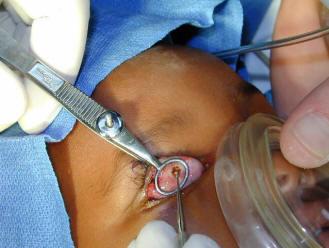- Home
- About
-
Services
-
Anophthalmos
-
Blepharoplasty
-
Blepharospasm
-
Brow Lift
-
Congenital
-
Dry Eye
-
Eyelid Laxity
-
Face
-
Infections
-
Inflammation
-
Lacrimal System
-
Lagophthalmos
-
Latisse
-
Orbital Tumors
-
Anophthalmos
- Forms
- Contact us


![P0006553 Image of [describe the objects and embedded text here]](/public/images/gallery/thumb_images/thumb-11276762375.jpg)

![IMG_1110 A photo titled IMG_1110 showing [describe what the image contains]](/public/images/gallery/thumb_images/thumb-31276762376.jpg)
![P0006950 Image of [describe the main objects or scene depicted in the image] with embedded text saying 'P0006950'](/public/images/gallery/thumb_images/thumb-41276762377.jpg)




![P0003876 A photograph showing [describe the content of the image here, including any embedded text if applicable].](/public/images/gallery/thumb_images/thumb-91276762379.jpg)


















